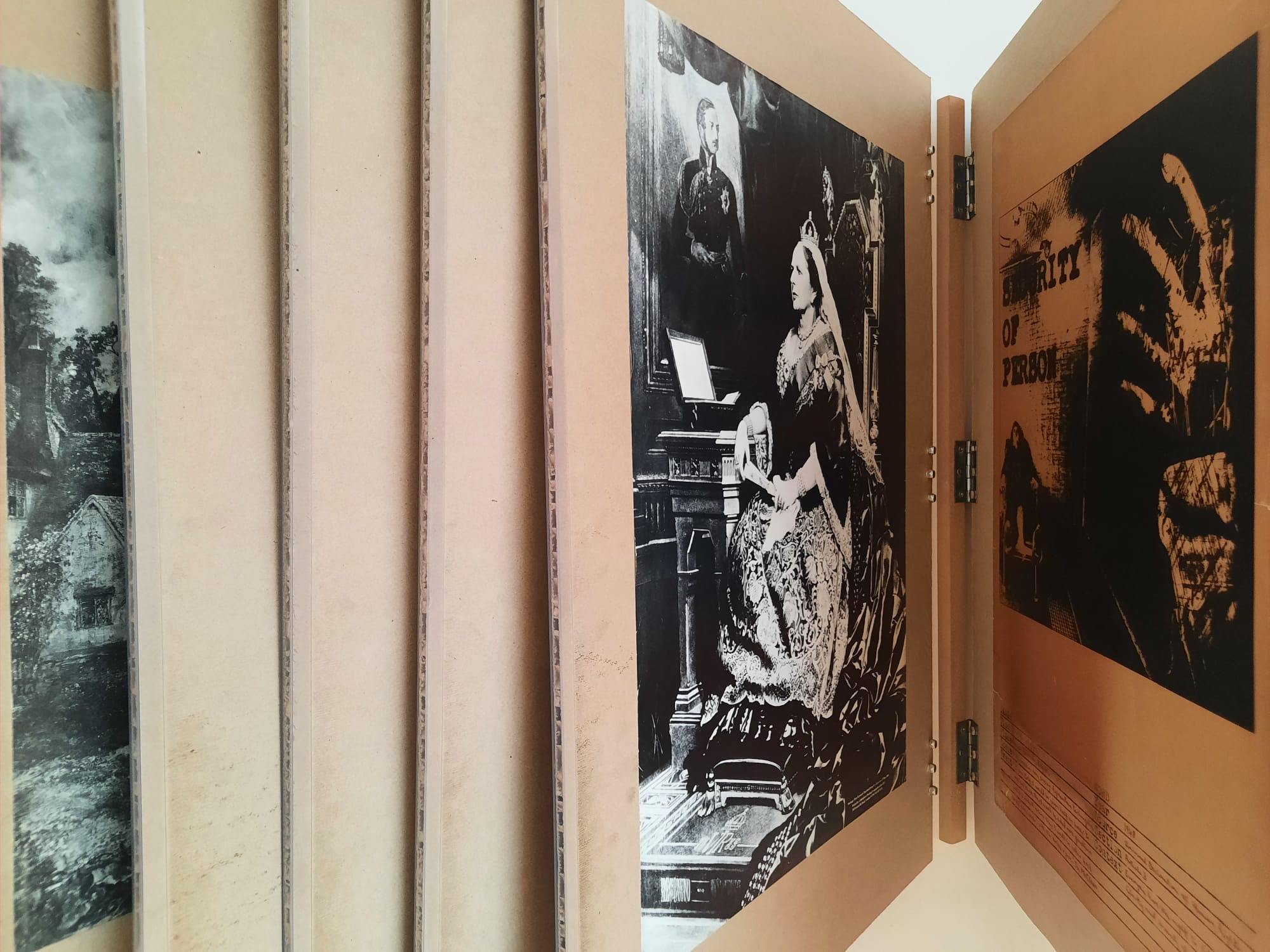Peter Kennard: Archive of Dissent – Whitechapel Gallery, London
A small exhibition of work by Peter Kennard at the Whitechapel Gallery pays tribute to the building’s history as well as the artist’s long history of combining art and activism.
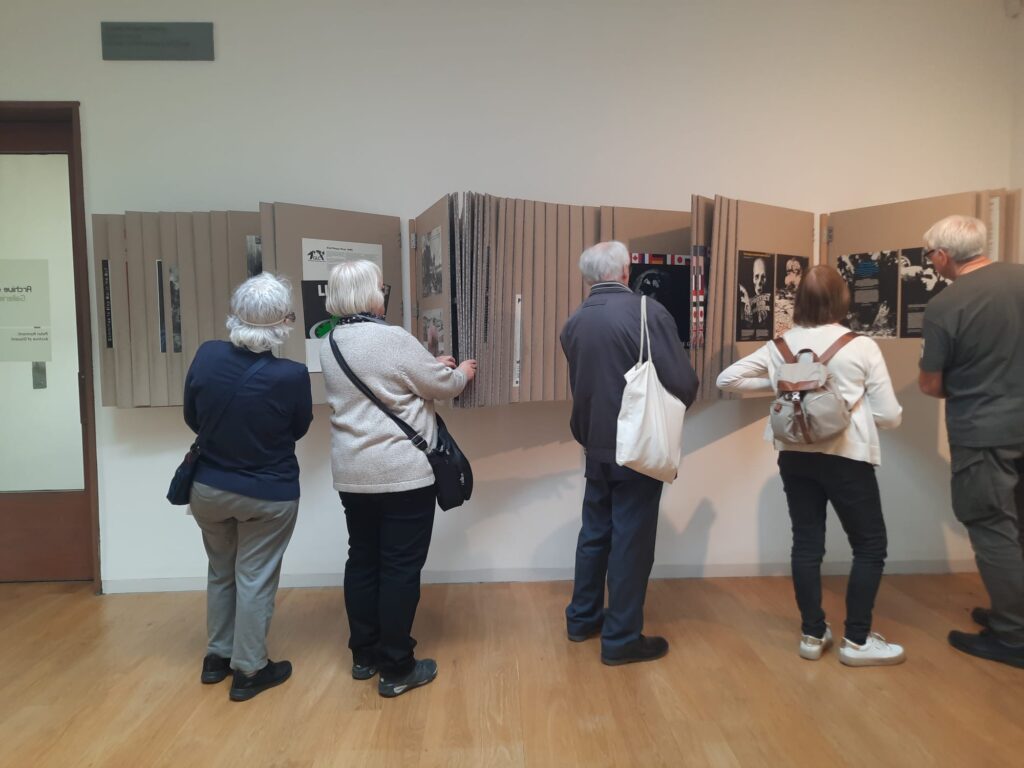
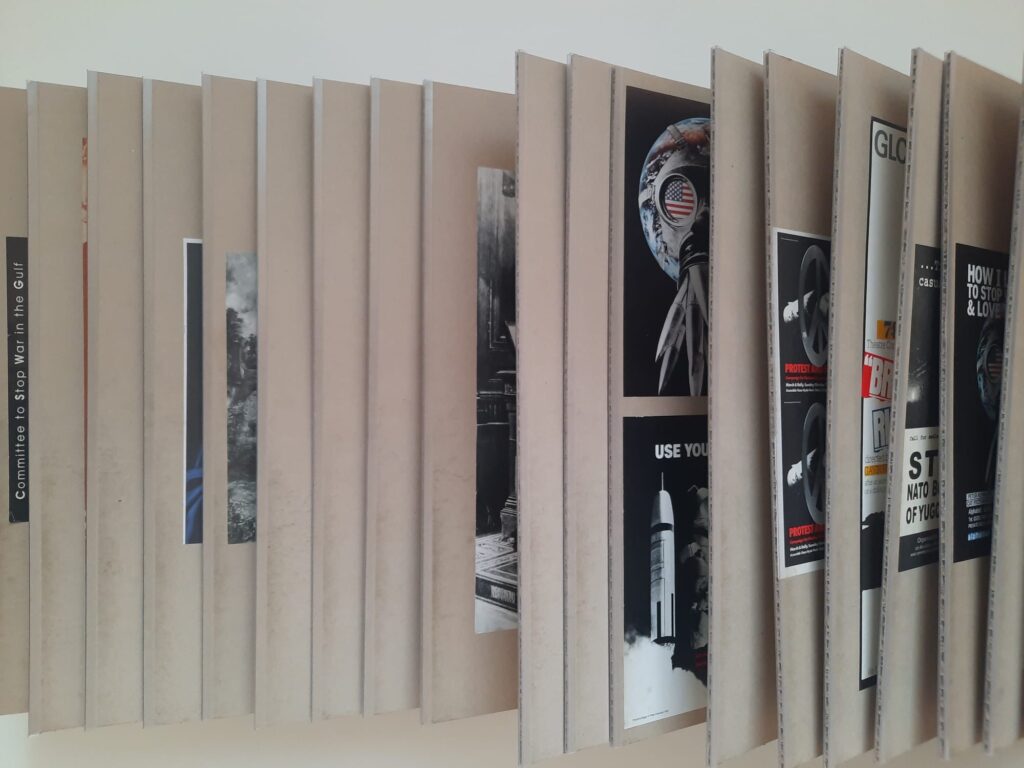
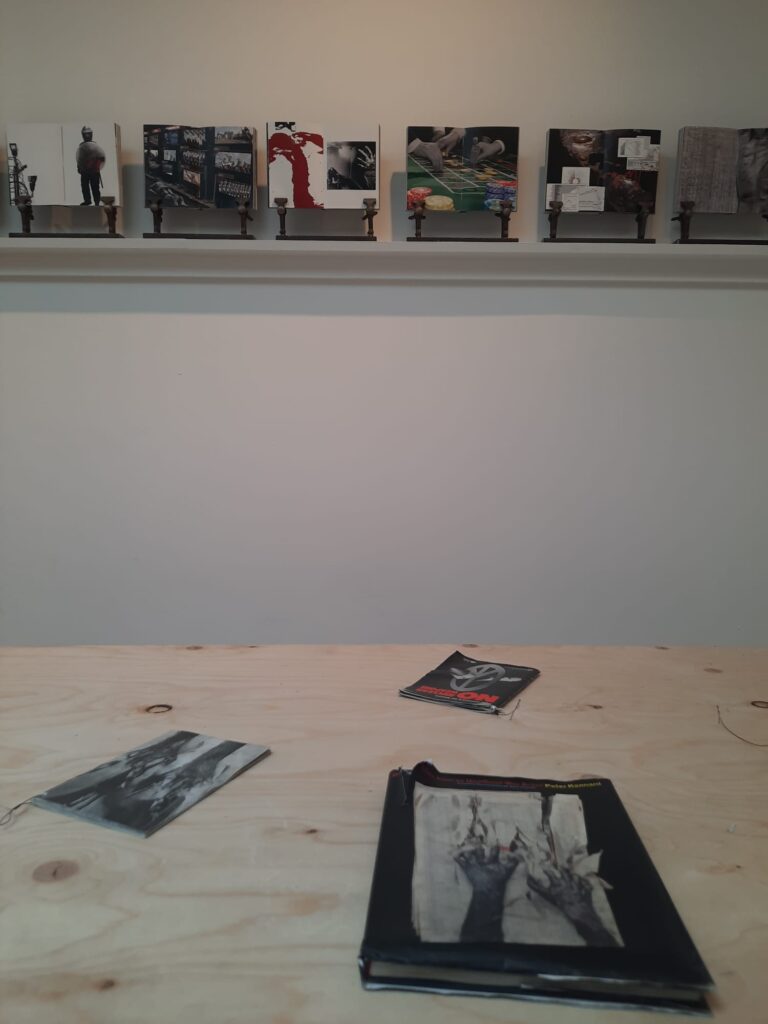
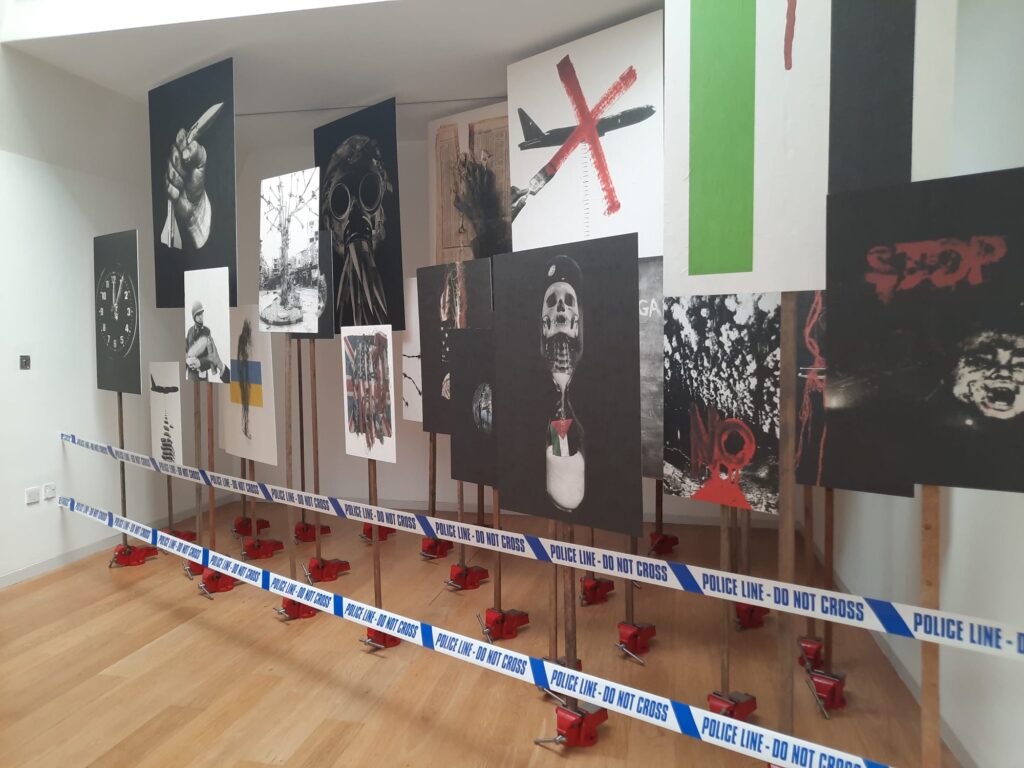

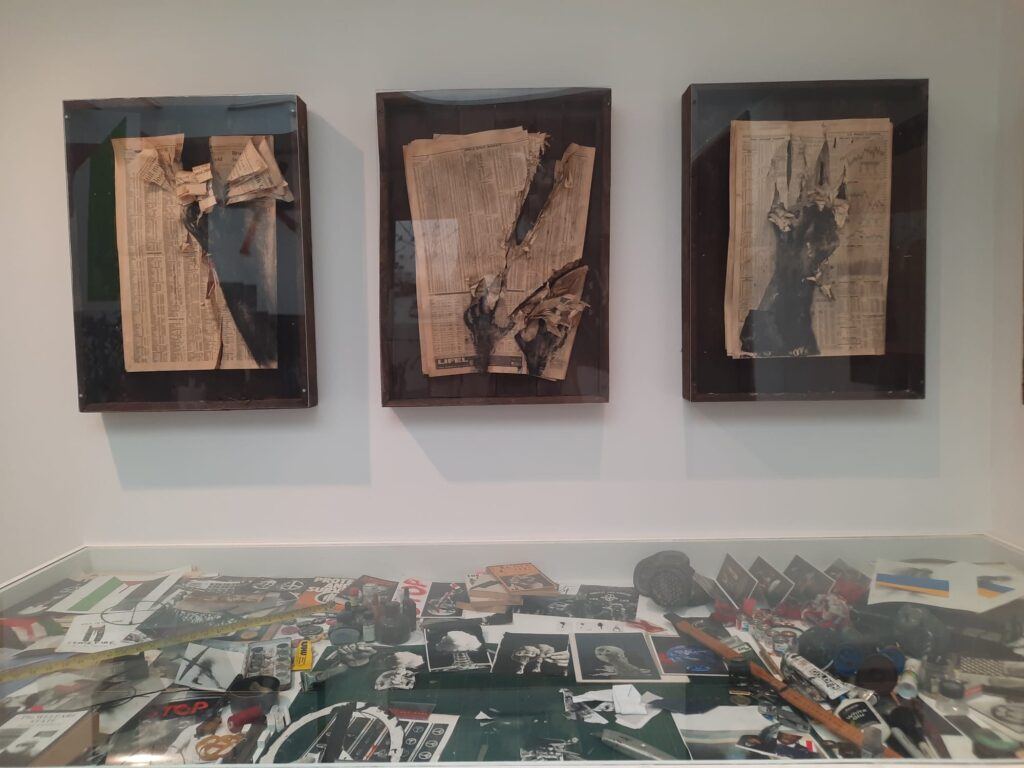
Peter Kennard: Archive of Dissent
We’ve encountered Peter Kennard’s work at least once before, in the group show Radical Landscapes at the William Morris Gallery. It was a famous work on view there, Haywain with Cruise Missiles (1980) in which a jarring hint of violence inserts itself into Constable’s pastoral scene. In this exhibition at the Whitechapel Gallery we have an opportunity to understand this work in the context of Kennard’s artistic practice over several decades.
That practice, as the exhibition’s title suggests, is all about art as protest. Kennard, born in London in 1949, started his artistic training as a painter at the Byam Shaw and Slade Schools of Art and Royal College of Art. In the 1970s he branched out into new techniques to create powerful, political images, particularly photomontage. He made a name through his easily comprehensible, reproducible and impactful images, printed in many of the left-wing publications of the 1970s and 80s. He’s associated in particular with works produced for the Campaign for Nuclear Disarmament. Such publications are not as prevalent as they once were, however, and so Kennard has turned to books and the internet to disseminate his message. He also teaches younger generations of artists as Emeritus Professor of Political Art at the Royal College of Art.
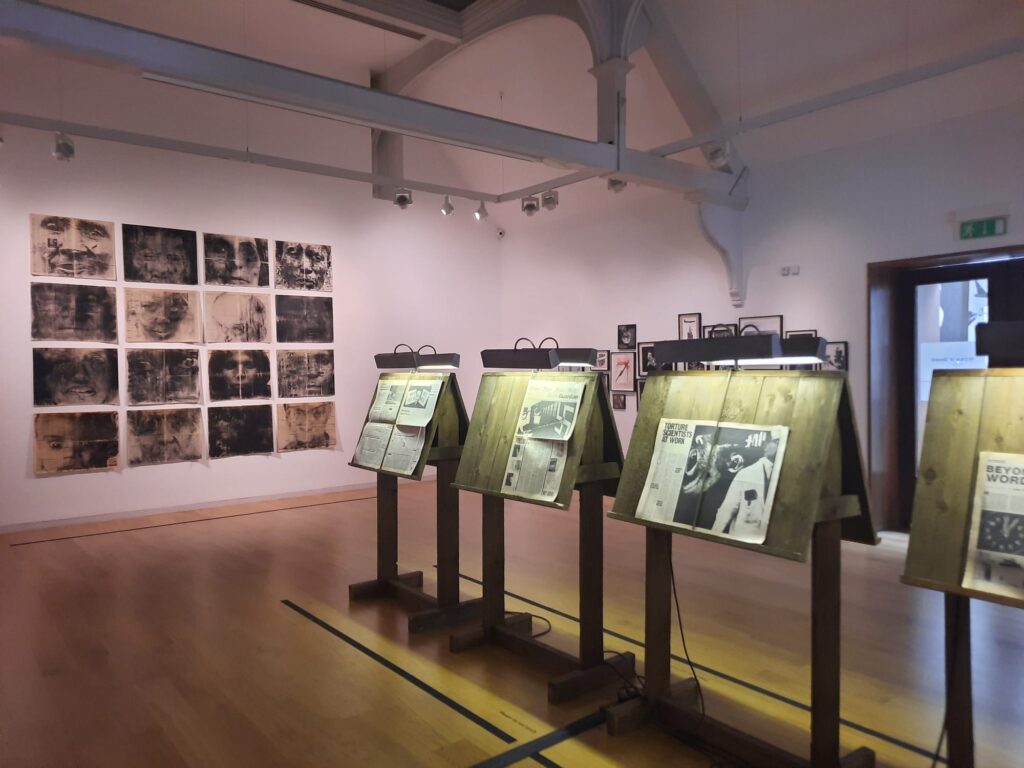



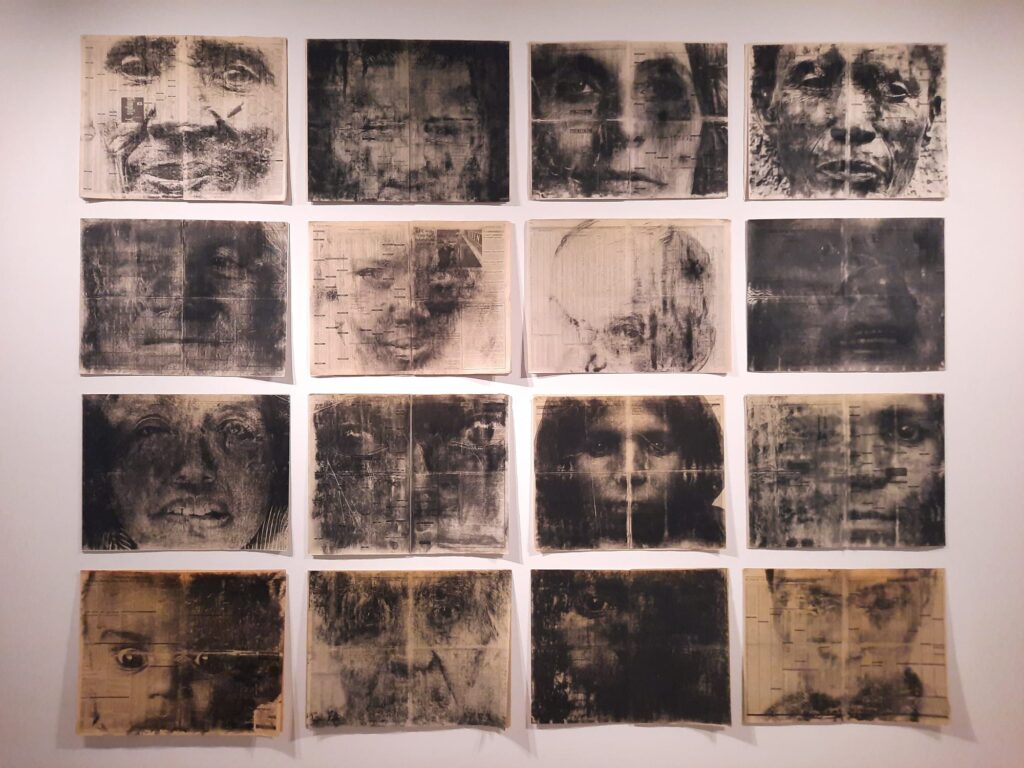
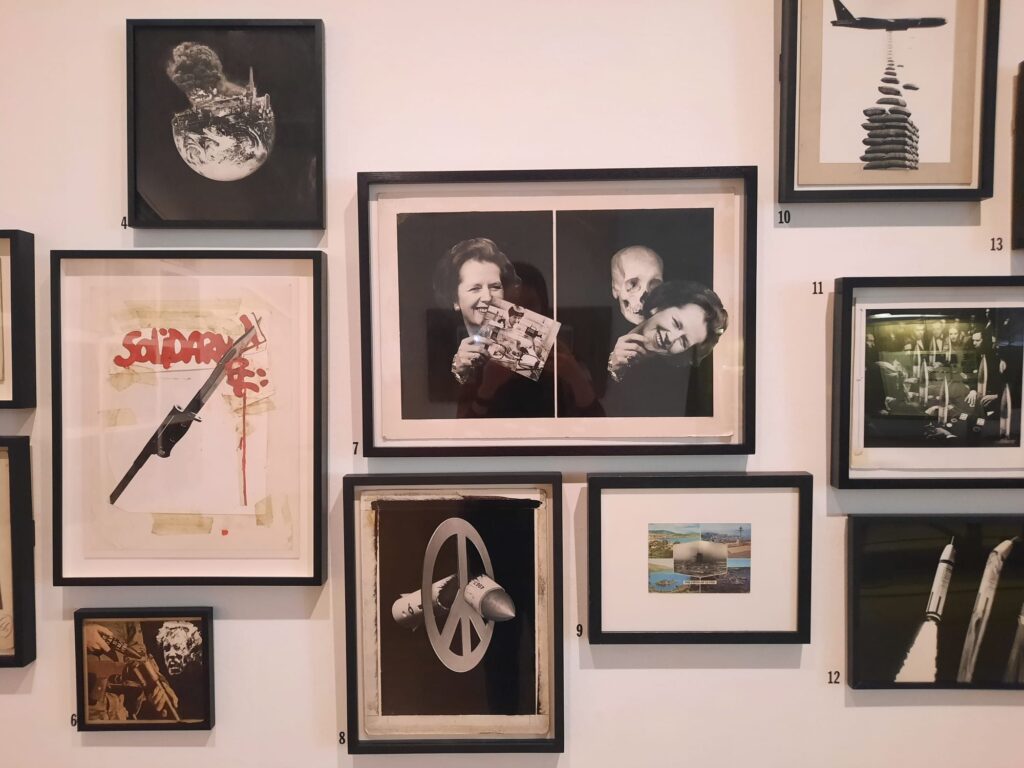
The Whitechapel Gallery’s Political Past
Peter Kennard: Archive of Dissent very cleverly draws attention to the Whitechapel Gallery’s history as a political space in its own right. We learned briefly about this on a walk around the Jewish East End. The same socially engaged couple who established Toynbee Hall also established the Whitechapel Gallery. They believed Jewish immigrants needed access to a cultural and educational space to learn, further themselves, and as a respite from overcrowded tenements. They chose a plot adjacent to one of many Passmore Edwards Libraries in London. And also convinced Edwards to become a major donor to the gallery project. The library closed in 2005 and reopened as a gallery extension in 2009.
Archive of Dissent plays on this already radical past. It evokes the communal learning spaces of a public library. There is a table where you can sit and read Kennard’s books. On the wall behind, you can flip through various protest posters and images through the years. And in the next room, newspapers containing Kennard’s images were reproduced are presented as if in a library periodicals room. I have to say I haven’t been to a public library in a while, so found it quite nostalgic.
It’s also effective. Kennard’s images are designed for immediate impact. You can’t stand around and contemplate the meaning of a collage whilst on a protest march, after all. So the well-curated room bringing together old and new works packs a great punch. It’s also a testament to Kennard’s passion and persistence. Many of us give up at the first hurdle when it comes to raising a dissenting voice. To have continued with such commitment to fight for such a range of important causes must come at a personal cost. Even if we haven’t stopped wars, disarmed nuclear powers or rejected neoliberalism, at least we have this archive to remind us that not everyone followed this path blindly.
Salterton Arts Review’s rating: 3.5/5
Peter Kennard: Archive of Dissent on until 19 January 2025
Trending
If you see this after your page is loaded completely, leafletJS files are missing.

